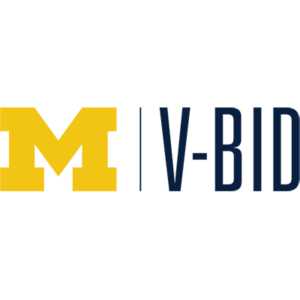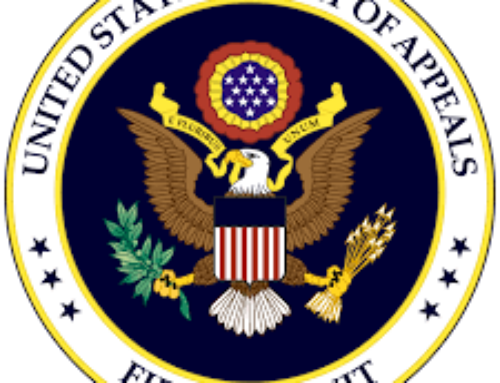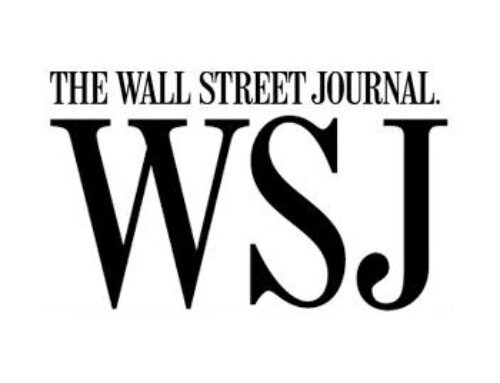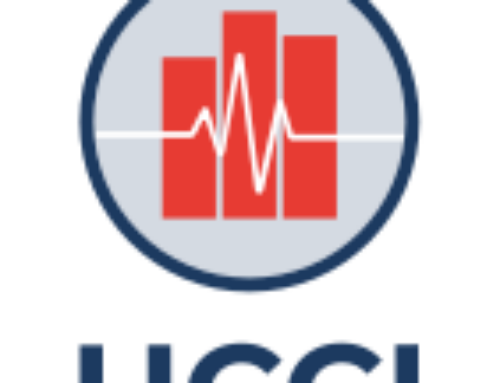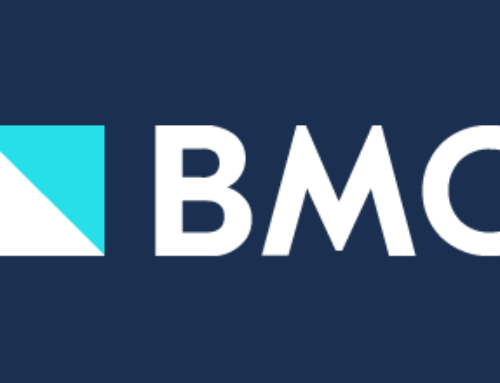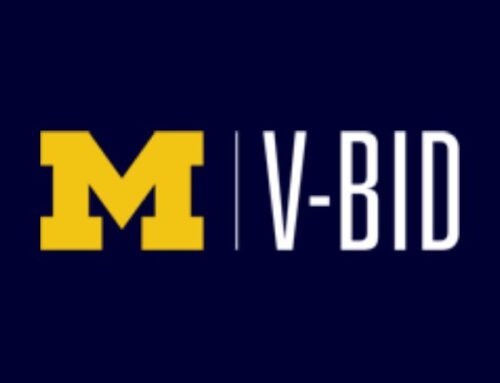CENTER UPDATE | LATE SEPTEMBER 2022
In this Issue:
• Tradeoffs Podcast Addresses Lack of Coverage for Cancer Screening Follow-Up
• Will the Supreme Court Overturn the ACA Preventive Services Mandate?
• Improving Access to Advance Care Planning Act
• Study Finds 1 in 5 Households Has Medical Debt
• Biosimilar Savings among People with Employer-Sponsored Insurance
• Real-time Prescription Benefit Recommendations on Patient Out-of-Pocket Costs
• Smarter Healthcare Coalition Low-Value Care Briefing

Health Care Podcast Addresses Lack of Coverage for Cancer Screening Follow-up Care
This week’s episode of Tradeoffs, a national podcast addressing America’s toughest health policy challenges, focuses on the problem of lack of coverage for follow up testing after positive initial cancer screening, as well as the clinical and economic benefits of policies that increase access to care. Elimination of out-of-pocket costs for the entire cancer screening process could increase screening rates, enhance health equity, and ultimately save lives.

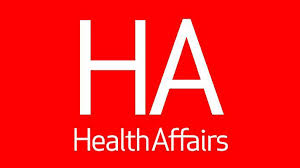
Will The U.S. Supreme Court Strike Down The ACA’s Preventive Services Coverage Requirement?
A recent Health Affairs Forefront offers a comprehensive review of U.S. Supreme Court case Braidwood v. Beverra, which challenges Section 2713 of the Affordable Care Act on multiple fronts. ACA Section 2713 incorporates V-BID principles to expand first-dollar coverage of preventive care services for an estimated 137 million Americans.
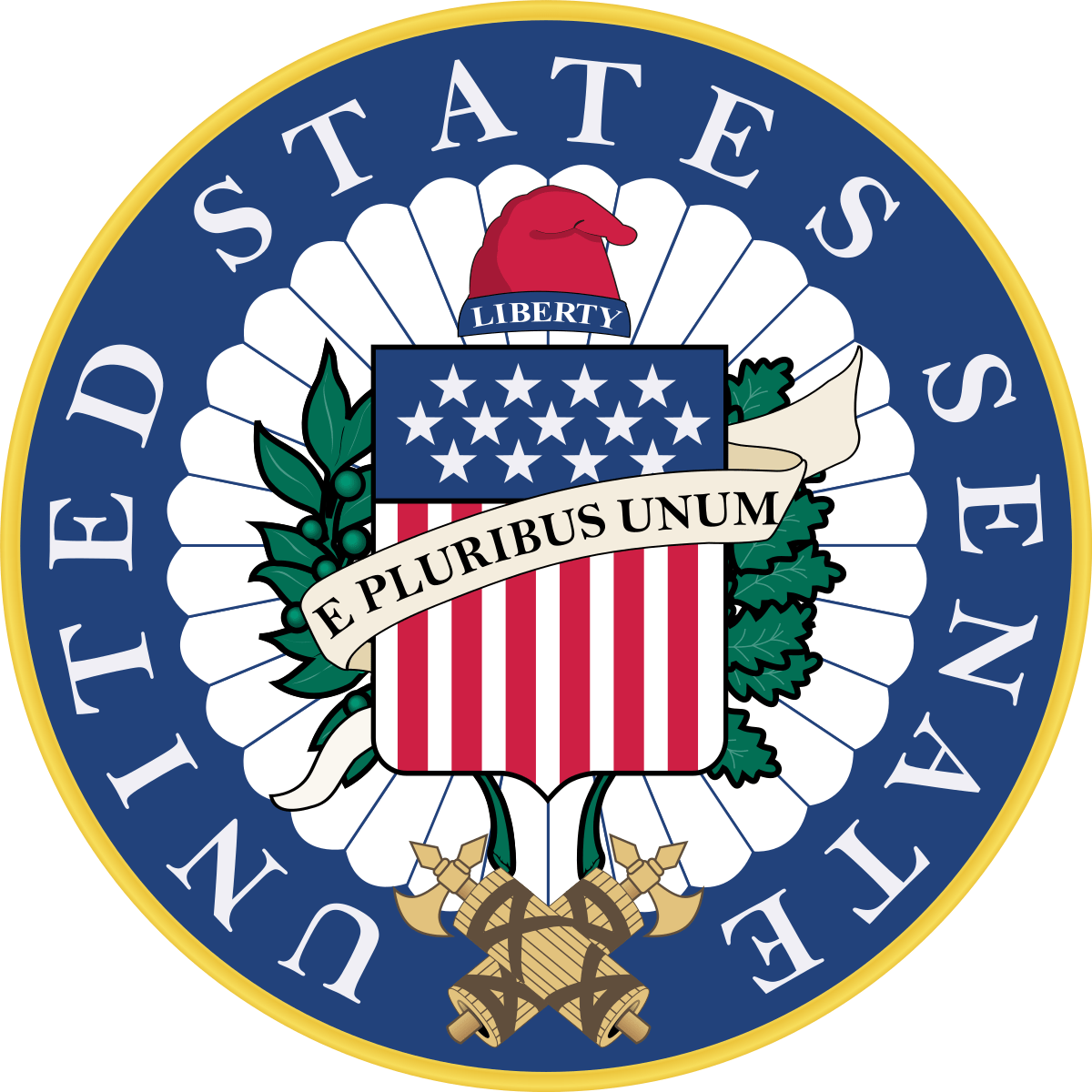
Improving Access to Advance Care Planning Act
The Improving Access to Advance Care Planning Act would allow social workers to provide advance care planning (ACP) services, remove beneficiary cost-sharing, promote increased education for providers on current ACP codes, and improve reporting on barriers to providing ACP services and billing the corresponding codes. The bill was introduced in the Senate by Mark R. Warner (D-VA) and Susan Collins (R-ME) and in the House by Rep. Earl Blumenauer (D-OR).

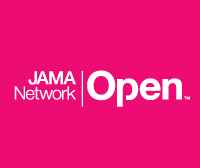
Study Finds 1 in 5 Households Has Medical Debt
Researchers have found that 20% of American households have medical debt, with an average of $4,600. A summary of the paper states that while uninsured individuals are at highest risk of having medical debt, poorer people, women, privately insured, and those with high deductibles face large amounts of debt.

Biosimilar Savings among People with Employer-Sponsored Insurance Not Keeping Pace with Medicare
A recently released report by the Health Care Cost used commercial claims data to assess the impact of biosimilar entry on savings among people with employer sponsored insurance (ESI) compared to Medicare in the context of biologic/biosimilar pairs. Biologic drugs include life-saving medications to treat cancer, diabetes, rheumatoid arthritis, retinal diseases, and other conditions. Researchers found that prices paid by ESI enrollees and insurers are significantly higher than Medicare for medical services.
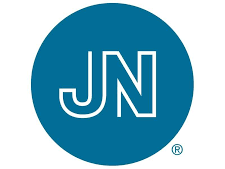
Effects of Real-time Prescription Benefit Recommendations on Patient Out-of-Pocket Costs
A randomized clinical trial found that real-time prescription benefit recommendations led a 11% reduction in patient out-of-pocket costs for ordered medications. Among high-cost drug classes, the intervention led to a 40% reduction in out-of-pocket costs.


SHCC Low-Value Care Briefing
Yesterday, speakers at the Smarter Health Care Coalition Low-Value Care Briefing discussed key takeaways from a recent VBID Health report. Released in May, the report analyzed data from all payer claims databases (APCDs) from four states – Colorado, Connecticut, Utah, and Maine – to quanitfy the utilization and spending on 48 specific low-value servuces by commercial payers in 2019.
Please Help Support the V-BID Center
As a non-profit entity, the V-BID Center relies on fundraising to support our research, education, and policy efforts. Please help us continue our work by donating here. We truly appreciate your consideration.


